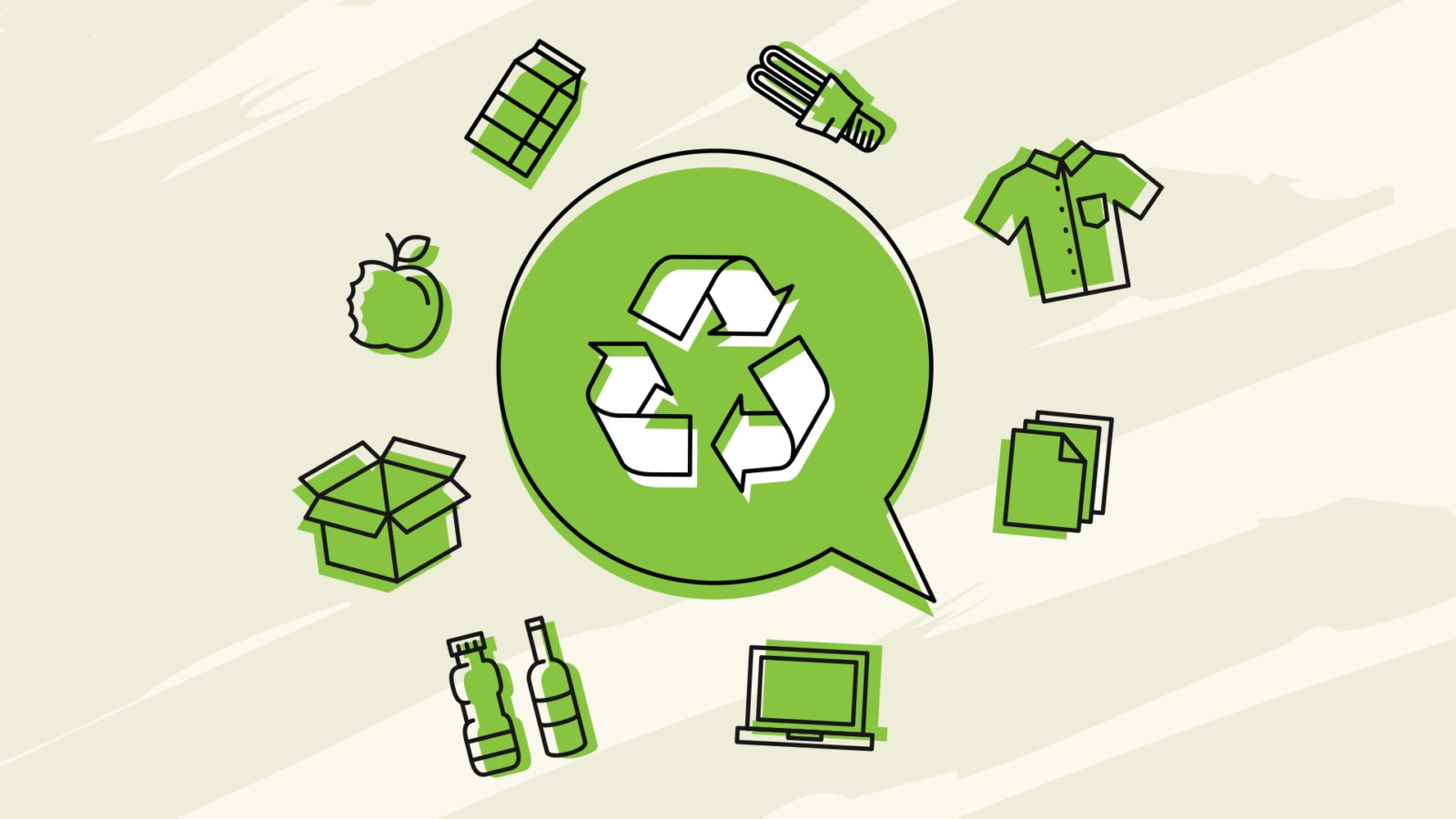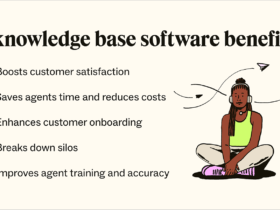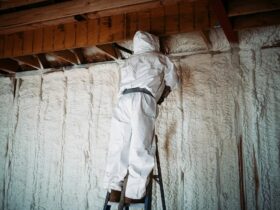The whole world is becoming aware of environmental issues, and reducing waste necessitates that more industries adopt sustainability. Australia is no stranger to this.
In his article, we will focus on pulverizers, what they do, and their effect on sustainability in the manufacturing industry. Plus also give you an insight into the mechanics behind them and the different types currently being manufactured.
So you should have a good idea of what part they play in many industries.
Enhancing Sustainability
Manufacturers are trying to cut down material wastage while making their operations sustainable. In this way, Australia has adopted the use of pulverizers as one of its efficient ways of reaching its targets.
These are machines that crush materials into tiny fragments. They are expected to be utilised mainly for reducing waste and enhancing manufacturers’ efficiency.
The main idea is that pulverizers grind any waste product to reduce recycling costs and improve recycling efficiency. They result in fewer wastes being dumped into the ever-growing heaps, with this benefit adding to sustainability efforts. So, as you can see, several factors are at play here.
Pulverizers are growing in popularity in the modern Australian manufacturing process. They have these advantages as they help save time, reduce wastage, and promote environmental conservation. Their application on every work site will probably increase as companies try to minimise their environmental footprint while increasing efficiency levels.
Green Manufacturing
Green manufacturing is an idea about eco-friendly industry operations aimed at reducing the negative consequences of the production process.
Australia faces different environmental issues like air pollution, water shortage, and climate change, which have increased the awareness of sustainable manufacturing practices. Green manufacturing is seen as a way of reducing industrial production’s negative impact on nature and paving the way forward Reality Max.
Green production also includes using clean energy generators, such as solar power plants, gas turbines and windmills.
It has been estimated that many firms in Australia look forward to switching away from fossil fuels and cutting back on carbon emissions as soon as possible.
How to use the recycled materials
Another critical aspect of green manufacturing is practically using recovered materials and waste. These measures include using recycled materials in production and adopting waste reduction strategies such as:
- Recycling
- Composting
- Or waste to energy
Besides these steps, green manufacturing in Australia also requires using environmentally friendly transport strategies to ship goods and items. It involves the application of green transport modes such as electric cars and hybrid technologies and logistic policies aimed at reducing greenhouse gas generated by the transport sector.
Green manufacturing is of fundamental significance to Australia and is one of the most effective ways of responding to ecological problems. It is seen as a way of reducing industrial production’s impact on nature to bring about a better tomorrow.
Green production requires the use of sustainable energy generators like:
- Solar power
- Gas
- Wind power
- Hydropower
Manufacturers in Australia will minimise environmental impacts, improve their reputations and increase profits through the conservation/reduction of wastes used in producing or packaging many different products.
So, how do they operate?
They are basically rotating drums or cylinders with a series of grinding teeth or blades, which shred and grind the material as it progresses through them. The size and shape of the particles generated also depend on the size, form, velocity and pressure applied to a given material using grinding teeth.
Electric motors, diesel engines or hydraulic systems drive pulverizers. Of course, many companies are now seeking to escape from diesel.
They can be built to handle everything from concrete and wood to plastics and metals. Currently, they are working throughout a number of areas in Australia, including construction, mining and manufacturing.
- A frequent example is the hammer mill, which uses rotating hammers to crush materials.
- Another type is the ball mill, which grinds down materials through steel balls.
- Then there’s the jet mill, which uses high-pressure air to grind different materials.
Pulverizers and their role
They have the advantage that they help reduce by-products for industrial areas such as manufacturing, demolition, and construction, which account for a large proportion of environmental pollution.
Pulverising waste materials like concrete, wood, and plastics can reduce the amount of well-managed and easily discarded scrap.
Also, mills may be instrumental in promoting sustainable practices, like recycling and reusing waste products. Pulverizers may act as an alternative measure of waste disposal.
Landfilling of wastes can harm the environment; however, there could be a possibility of their transformation into valuable resources for further usage in new construction projects or other purposes.
SUMMARY
Pulverizers are becoming a highly preferred option by industries that aim towards sustainable production as they contribute toward reducing waste and waste management. For any business that wants to push forward in the construction industry, you look closely at any machinery or applications that can help you increase the speed and efficiency of a project while also doing your bit for the environment compared to previous projects can never be a bad thing, can it?




































